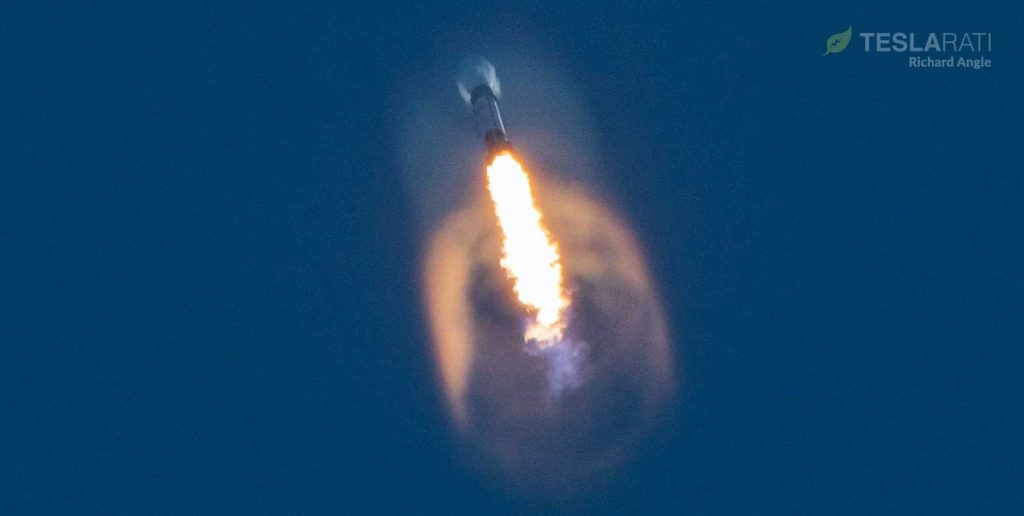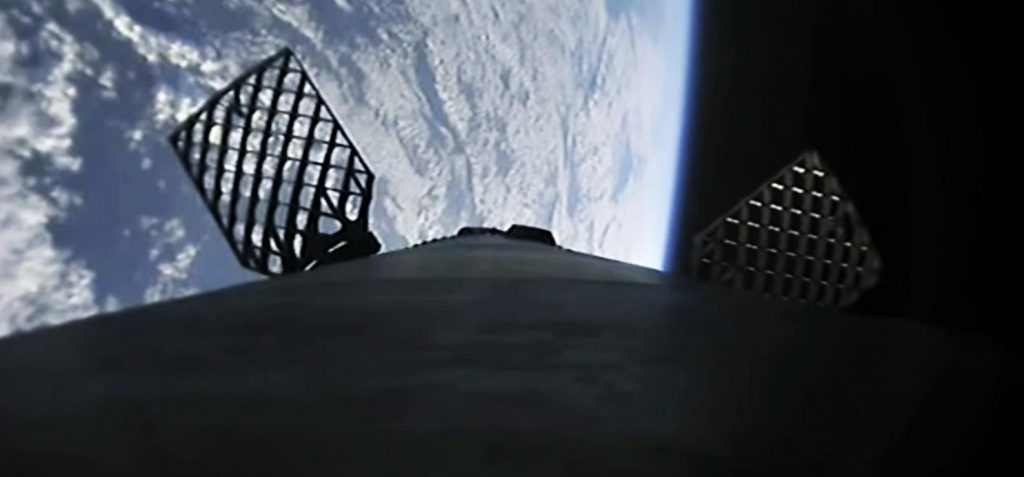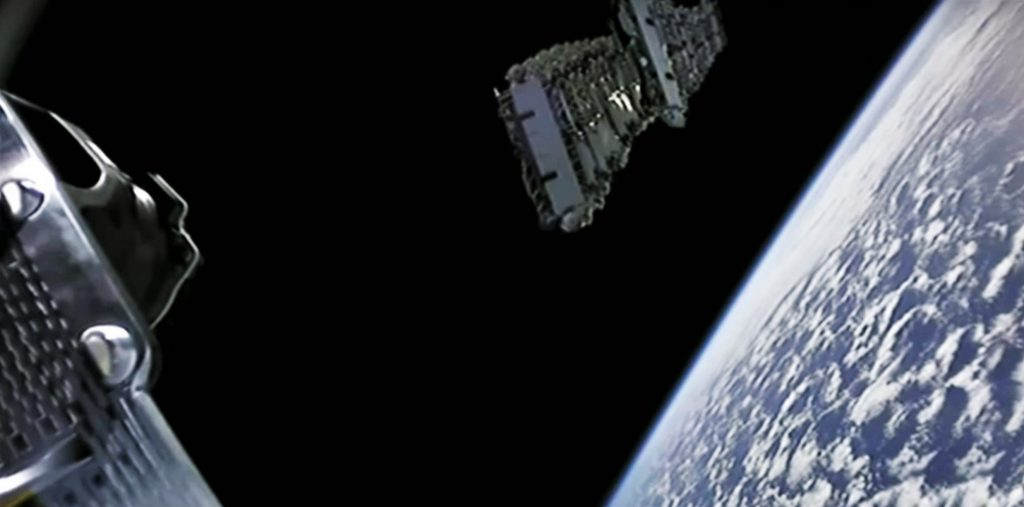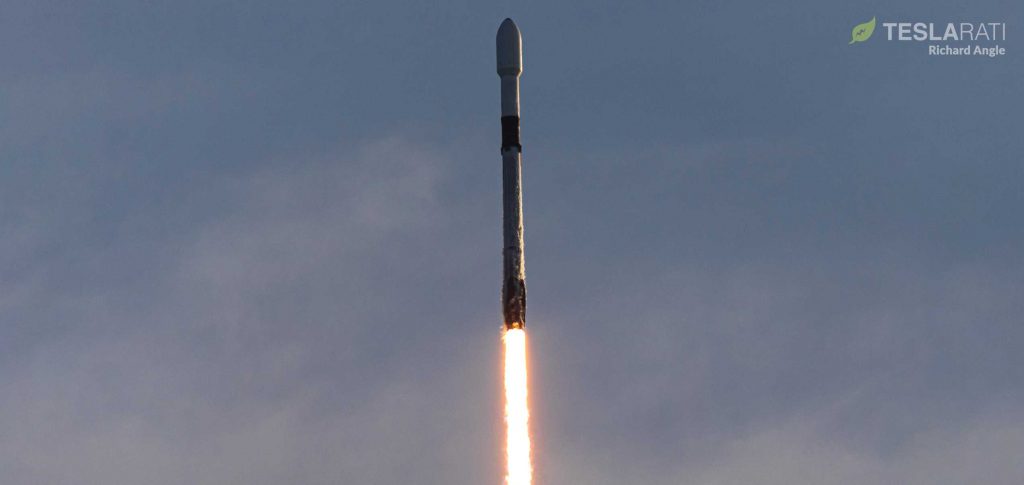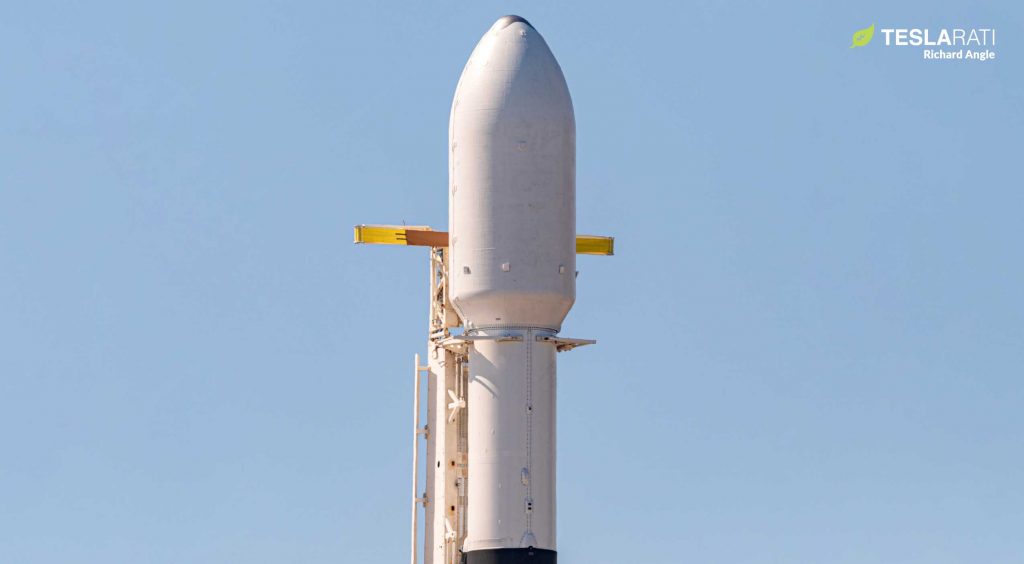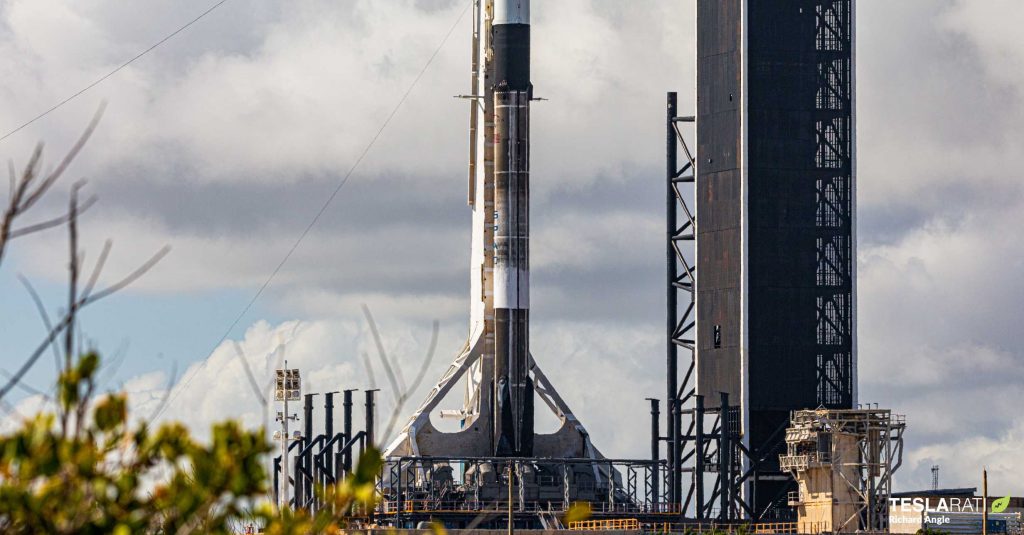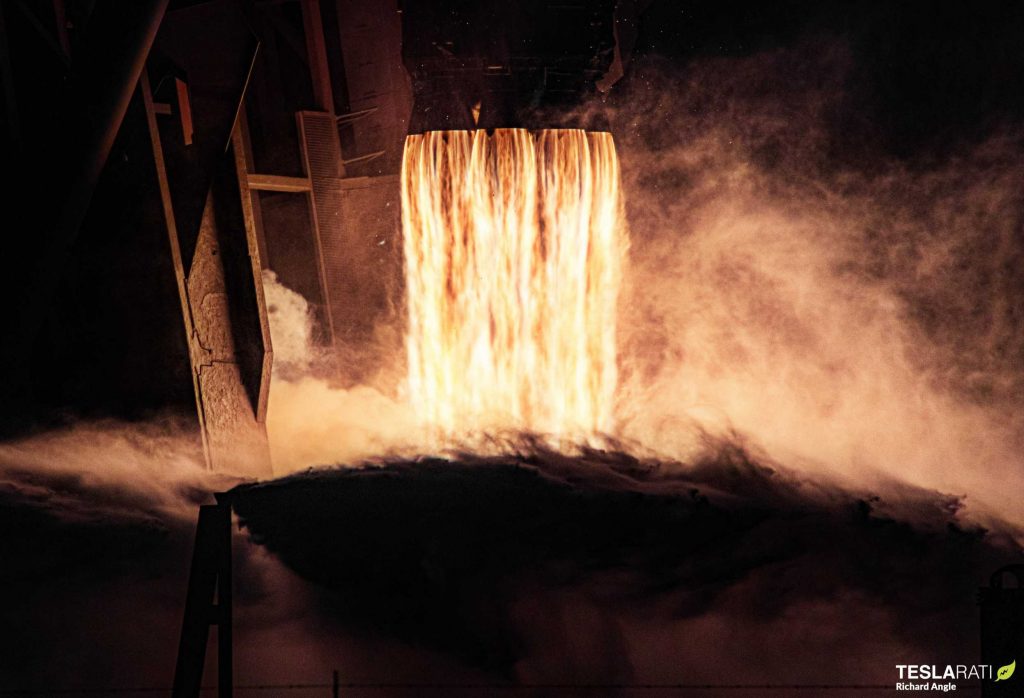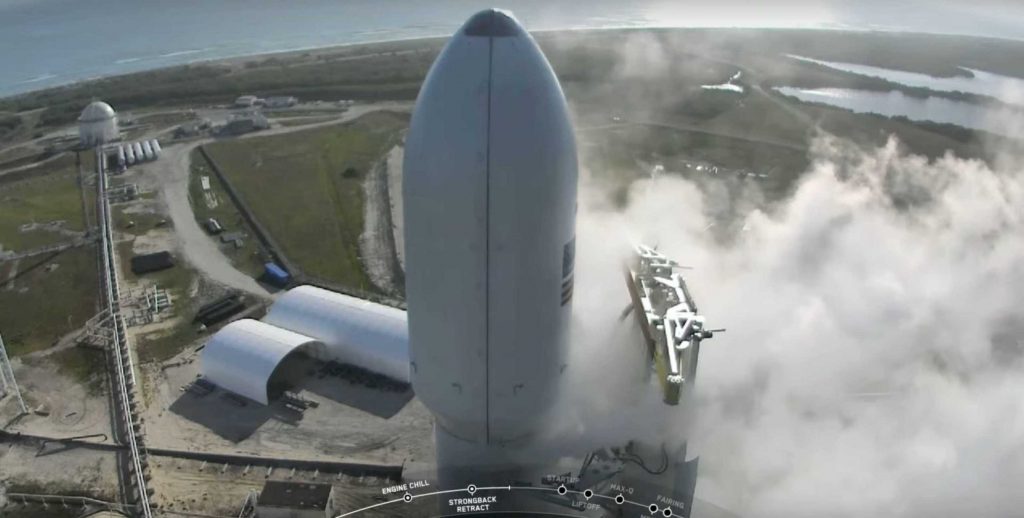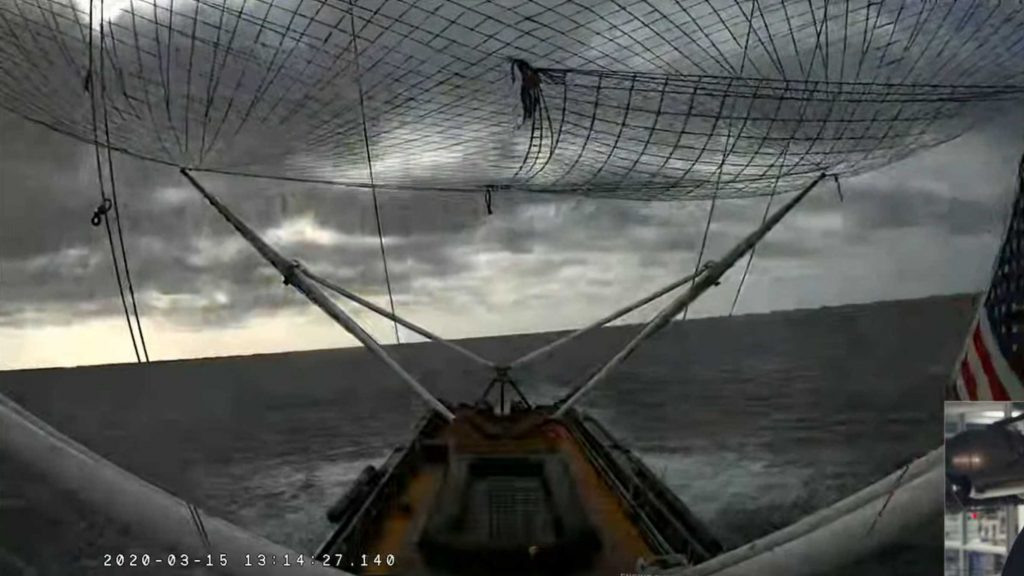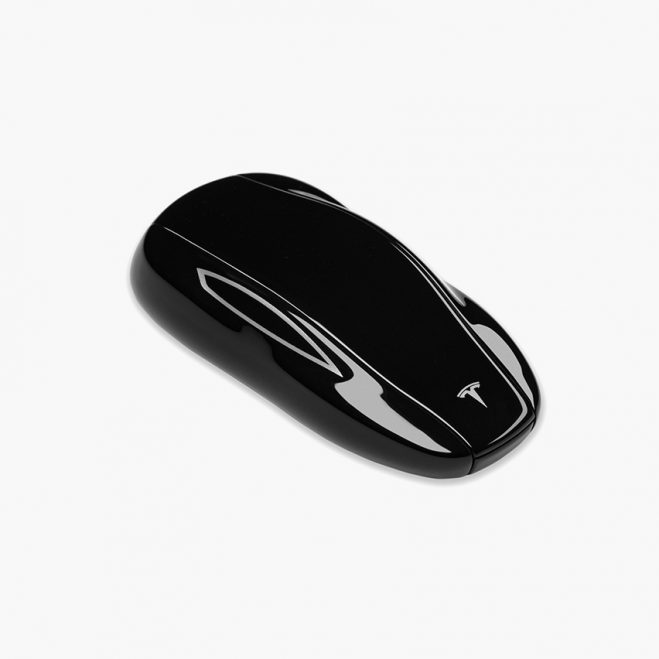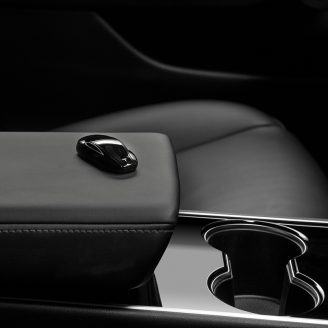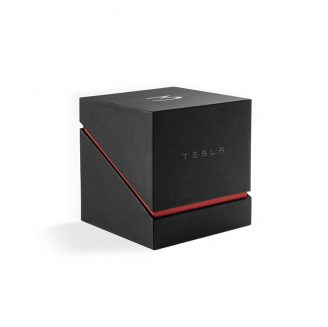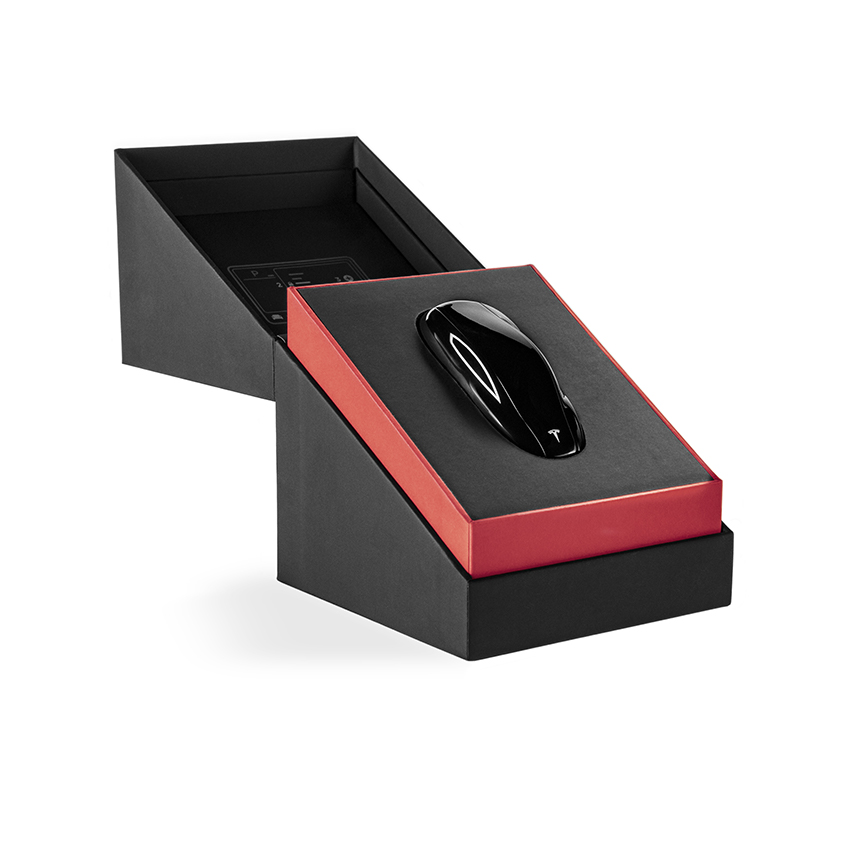Tesla will continue to support essential business functions at its Fremont factory in the Bay Area, as the County-mandated Coronavirus lockdown continues to shut down “non-essential” businesses across the region.
In an email sent to employees on Wednesday, the company’s North American head of Human Resources Valerie Capers Workman notes that Tesla does has yet to obtain a “final word” from the City, County, State and, Federal Government on the status of their operations and will continue to operate with essential employees. The company is asking employees that are not feeling well, and those reluctant to come to work, to use any accrued paid time off and stay at home. For those short on PTO, the company is allowing employees to borrow up to 80 hours.
“If you are not feeling well, please stay at home and use PTO. If your PTO balance is low, you can borrow up to 80 hours (2 weeks), after you exhaust your PTO balance. Please inform your manager and follow the normal procedures for sick time.If you cannot or are reluctant to come to work, you can also use your PTO,” reads the email.
In addition, Tesla clarifies its stance on maintaining operations at its Fremont, California factory, noting that employees that are in an essential role within production, deliveries, and other critical functions, should continue to report to work.
“There are no changes in your normal assignment and you should continue to report to work if you are in an essential function: production, service, deliveries, testing and supporting groups as discussed with your manager.”
Today’s email comes on the heels of Monday’s announcement of a “shelter in place” lockdown for the San Francisco Bay Area to fight the spread of the coronavirus. The mandate, which required seven counties including Alameda County where Tesla operates its North American car factory, called for residents and workers that do not support a critical role in food, medical, and non-essential services to stay home.
Tesla CEO Elon Musk notified employees in an email sent Tuesday that he intended to work but it was OK to stay at home. “I’d like to be super clear that if you feel the slightest bit ill or even uncomfortable, please do not feel obligated to come to work,” said Musk in his email to employees. “I will personally be at work, but that’s just me. Totally OK if you want to stay home for any reason.”
Still, the Silicon Valley-based electric car company came under pressure later that evening after the Alameda County Sheriff called out Tesla for being a non-essential business. The tweet posted by the county Sheriff’s department seemingly addressed Tesla’s relationship to the new ordinance, while indicating that the company can maintain basic operations. “Tesla can maintain minimum basic operations per the Alameda County Health Order.”
As of Tuesday, Tesla continues to maintain basic operations at its Fremont factory. While the company reels in the widespread consumer and economic impact of the global COVID-19 on its outlook, the Elon Musk-led electric carmaker is expected to continue operations under well-defined guidelines. Tesla had begun first deliveries of its newest Model Y crossover days before the announced lockdown.
“We still do not have a final word from the City, County, State and, Federal Government on the status of our operations. We have had conflicting guidance from different levels of government,” notes Workman in her email to staff.
The full email, obtained by CNBC, has been provided below.
Hi Team!
We still do not have a final word from the City, County, State and, Federal Government on the status of our operations. We have had conflicting guidance from different levels of government. Until then, we are operating with Essential Employees only while all others are working from home, and working to incorporate all CDC guidelines into our operations. There are no changes in your normal assignment and you should continue to report to work if you are in an essential function: production, service, deliveries, testing and supporting groups as discussed with your manager. If you are not assigned to support an essential function, your manager might suggest a temporary relocation to support essential functions, or you may need to be on call. If you are not feeling well, please stay at home and use PTO. If your PTO balance is low, you can borrow up to 80 hours (2 weeks), after you exhaust your PTO balance. Please inform your manager and follow the normal procedures for sick time. If you cannot or are reluctant to come to work, you can also use your PTO. Please inform your manager. You can also take unpaid time off, after your exhaust your PTO. You will not be penalized for your decision. There will be no disciplinary action for attendance based on health or impossibility to come to work. We will communicate with everyone again tonight and we appreciate all you are doing to keep safe social distance.
Thank you!
Valerie
Valerie Capers Workman | North America HR + AU/NZ/JP/KRRegistered In House Counsel
Do you have a tip you’d like to share? Email us at tips@teslarati.com or DM us @Teslarati.

(adsbygoogle = window.adsbygoogle || []).push({});
<!–
–>
var disqus_shortname = «teslarati»;
var disqus_title = «Tesla addresses coronavirus «shutdown» of Fremont factory in email to employees»;
var disqus_url = «https://www.teslarati.com/tesla-fremont-factory-shutdown-coronavirus-email/»;
var disqus_identifier = «teslarati-133725»;

